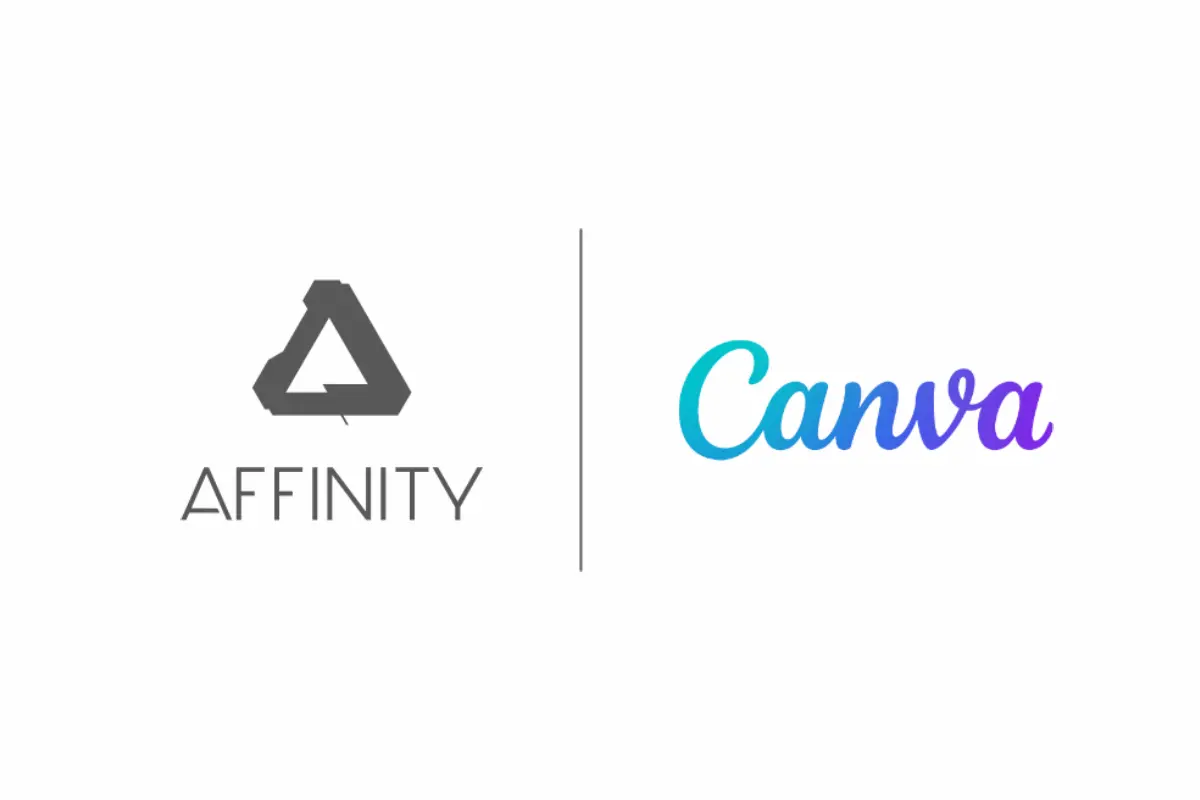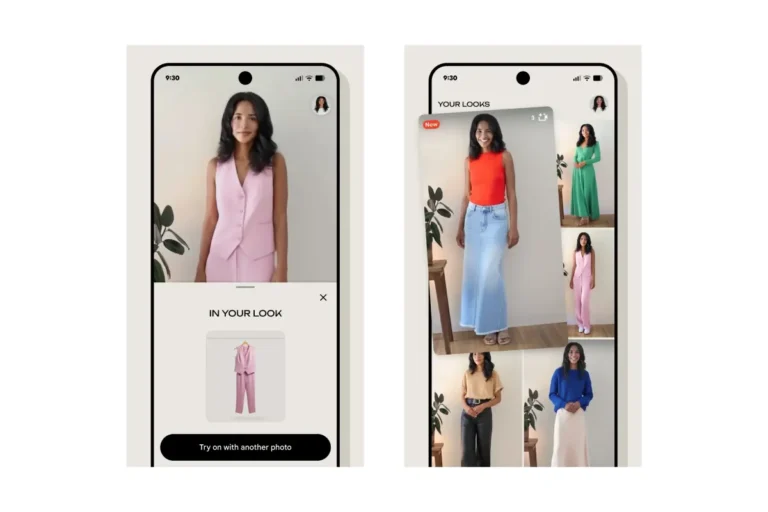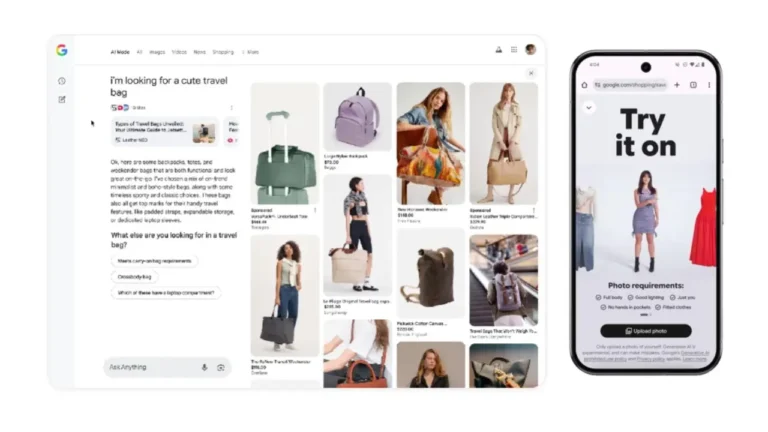In a strategic move that is causing a lot of talk in the design community, Canva has acquired Affinity, a move that not only surprises but redefines expectations about the future of digital design.
Although Canva has historically been perceived as a design tool geared more toward non-professional users, this acquisition signals an ambitious foray into the professional market, a territory where Affinity has been recognized as a direct contender to Adobe tools.
Ash Hewson, CEO of Affinity, expressed in a letter to his community that this union marks “a momentous new chapter” in its history. “At Canva, we’ve found a kindred spirit that can help us take Affinity to new levels. The additional resources they bring will allow us to deliver much more, much faster,” Hewson noted. This statement not only highlights the promise of a fruitful collaboration but also the continuation of a common mission: democratizing design.
From a more critical perspective, the challenge facing Canva is significant. The platform has traditionally been viewed by the professional design community with some skepticism, considering it a tool more suitable for amateurs than serious design professionals. However, the acquisition of Affinity, valued at “several hundred million pounds” according to Bloomberg, offers Canva a unique opportunity to change this perception and establish itself as a viable and respected option among design professionals.
“Canva acquires Affinity and challenges Adobe, the giant of the design industry,” Pablo Petovel headlined in a recent article, underlining Canva’s significant commitment to competing in the field of professional creative software. This merger not only expands Canva’s offering but also provides it with a solid base of loyal Affinity fans, who have preferred its tools for its professional quality and one-time payment model over Adobe’s subscription model.
The post-acquisition future raises several questions: How will Canva integrate Affinity’s professional tools into its ecosystem? And how will this union affect the perception of Canva among design professionals? What is clear is that Canva is willing to invest in the development of the Affinity suite to ensure it meets the needs of professional designers, signaling a firm commitment to an evolution in its product offering.
“By joining forces with Affinity, we are excited to offer tools to meet the needs of designers at all stages of their creative journey,” reads a Canva press release. This statement not only anticipates a promising future for users of both platforms but also underlines Canva’s intention to position itself firmly in the professional design market.
In conclusion, while some may view Canva’s acquisition of Affinity with skepticism, there is no doubt that it represents a significant turning point for Canva, offering the possibility of changing the narrative around its positioning in the design market. The question “Canva buys Affinity, what can you expect?” resonates with anticipation in the design community. The answer, although yet to be fully defined, suggests an era of innovation and expanded opportunities for designers of all levels. With this union, Canva not only ventures into the realm of professional design but also challenges the status quo, promising to enrich the creative ecosystem with more accessible, powerful and, now, professionally validated tools.
What can you expect?
Until now, Canva has been primarily perceived as a graphic design tool aimed at non-professional users, offering an intuitive and accessible platform for rapid creation of visual content. However, the acquisition of Affinity – considered one of the strongest alternatives to Adobe thanks to its powerful photo, graphics and publishing editing suite – suggests a shift towards the professional design market.
For the design community, especially those who have viewed Canva with skepticism for its unprofessional approach, this acquisition could alter perceptions. Affinity is respected for its professional quality and one-time payment model, in contrast to Adobe’s subscription model. The integration of these professional-quality tools into the Canva platform promises an enrichment of the design capabilities available, possibly attracting a new segment of professional users.

“With the purchase of Affinity, Canva is positioned to compete directly with Adobe in the creative software market,” notes a Bloomberg analysis. This strategy could represent a shift in the power dynamic within the digital design industry, offering users viable alternatives outside of the Adobe ecosystem. The acquisition signals not only Canva’s expansion into a more niche audience but also its intention to challenge Adobe’s subscription-based business model.
The letter from Ash Hewson, CEO of Affinity, to his community, suggests that the merger with Canva will allow exploring “new horizons for Affinity products.” This could translate into deeper integration between Canva’s simple design tools and Affinity’s professional apps, offering a richer, more versatile experience for all skill levels.
This acquisition also raises questions about the future of innovation in digital design. With Canva and Affinity joining forces, we could expect an acceleration in the development of new tools and features that even better serve the needs of professional designers, while remaining accessible to casual users.
Canva’s purchase of Affinity is more than just a business acquisition; It is indicative of the changes to come in the design industry. While we will see the full implications of this merger in time, one thing is clear: the world of graphic design is about to get a lot more interesting.
Stay connected to get updates on various ai generator tools and free ai tools,








